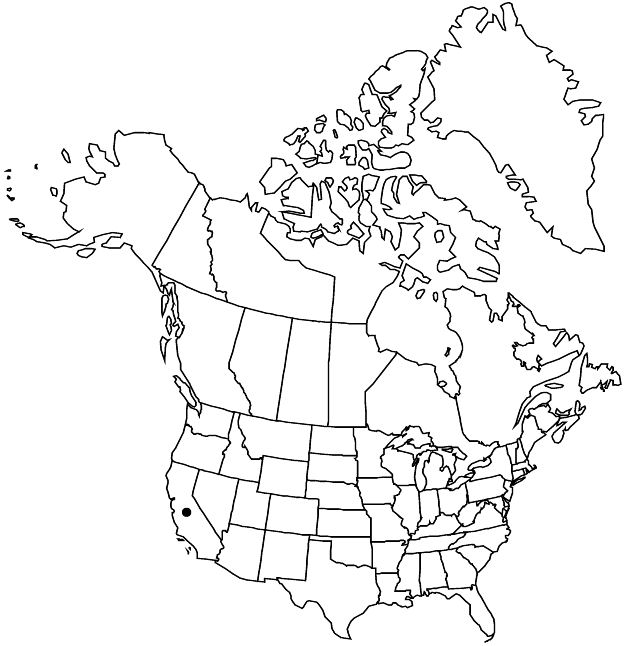Euphorbia dendroides
Sp. Pl. 1: 462. 1753.
Shrubs, dendroid, with large rootstock. Stems erect, stout, densely branched, to 200 cm, glabrous, bark usually reddish and glossy toward tip of branches. Leaves: petiole absent; blade linear-lanceolate to oblong-lanceolate, 20–65 × 3–8 mm, base attenuate, margins entire, apex obtuse to acute, sometimes mucronulate, surfaces glabrous; venation pinnate, midvein prominent, base attenuate. Cyathial arrangement: terminal pleiochasial branches 4–8, unbranched or 1–2-times 2-branched; pleiochasial bracts similar in shape to but usually shorter and wider than distal leaves; dichasial bracts distinct, yellowish, broadly ovate, orbiculate, rhombic, or reniform, base obtuse, margins entire, apex obtuse, sometimes mucronulate; axillary pleiochasial absent. Cyathia: peduncle absent. Involucre broadly turbinate to hemispheric, 3–4 × 3.5–3.8 mm, glabrous; glands 4, suborbiculate to subtrapezoidal, 1–1.5 × 1.2–1.8 mm, sometimes irregularly lobed; horns absent. Staminate flowers 20–25. Pistillate flowers: ovary glabrous; styles 2.4–3 mm, 2-fid. Capsules subglobose, 4–5.5 × 4–6.5 mm, deeply lobed; cocci laterally compressed, smooth, glabrous; columella 3–4 mm. Seeds grayish or blackish, ovoid and strongly laterally compressed, 3–3.5 × 1.5–2 mm, smooth; caruncle semirounded and laterally compressed, 1.2–1.4 × 0.8–1.8 mm.
Phenology: Flowering and fruiting fall–spring.
Habitat: Coastal plains and basins, hillsides.
Elevation: 0–500 m.
Distribution

Introduced; Calif., Europe, n Africa
Discussion
Euphorbia dendroides is native to the Mediterranean region. In the flora area, the species is known from Los Angeles, Santa Barbara, and Ventura counties.
Selected References
None.
Lower Taxa
"usually shorter and wider" is not a number."connate" is not a number. "distinct" is not a number."connate" is not a number. "distinct" is not a number.